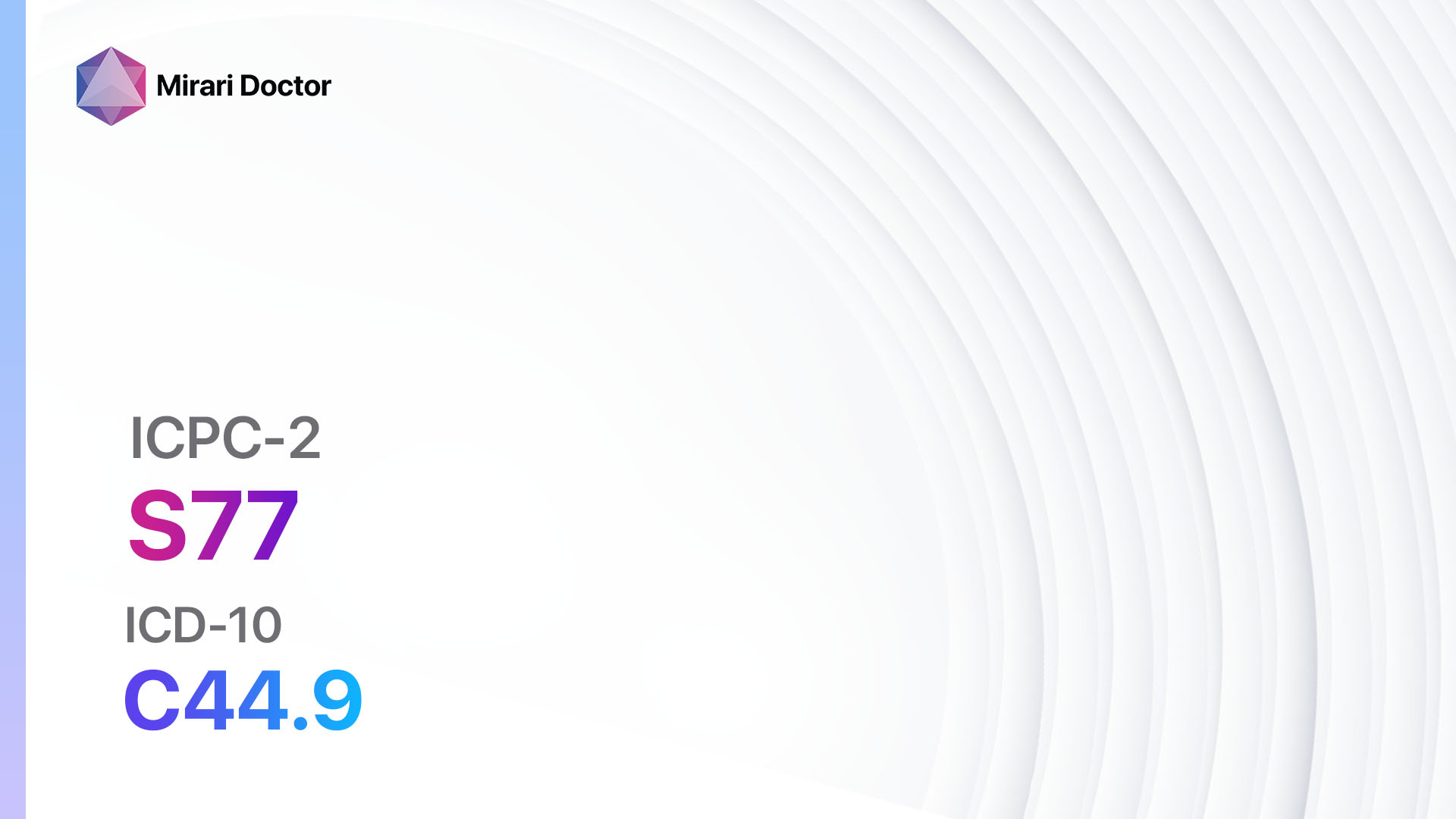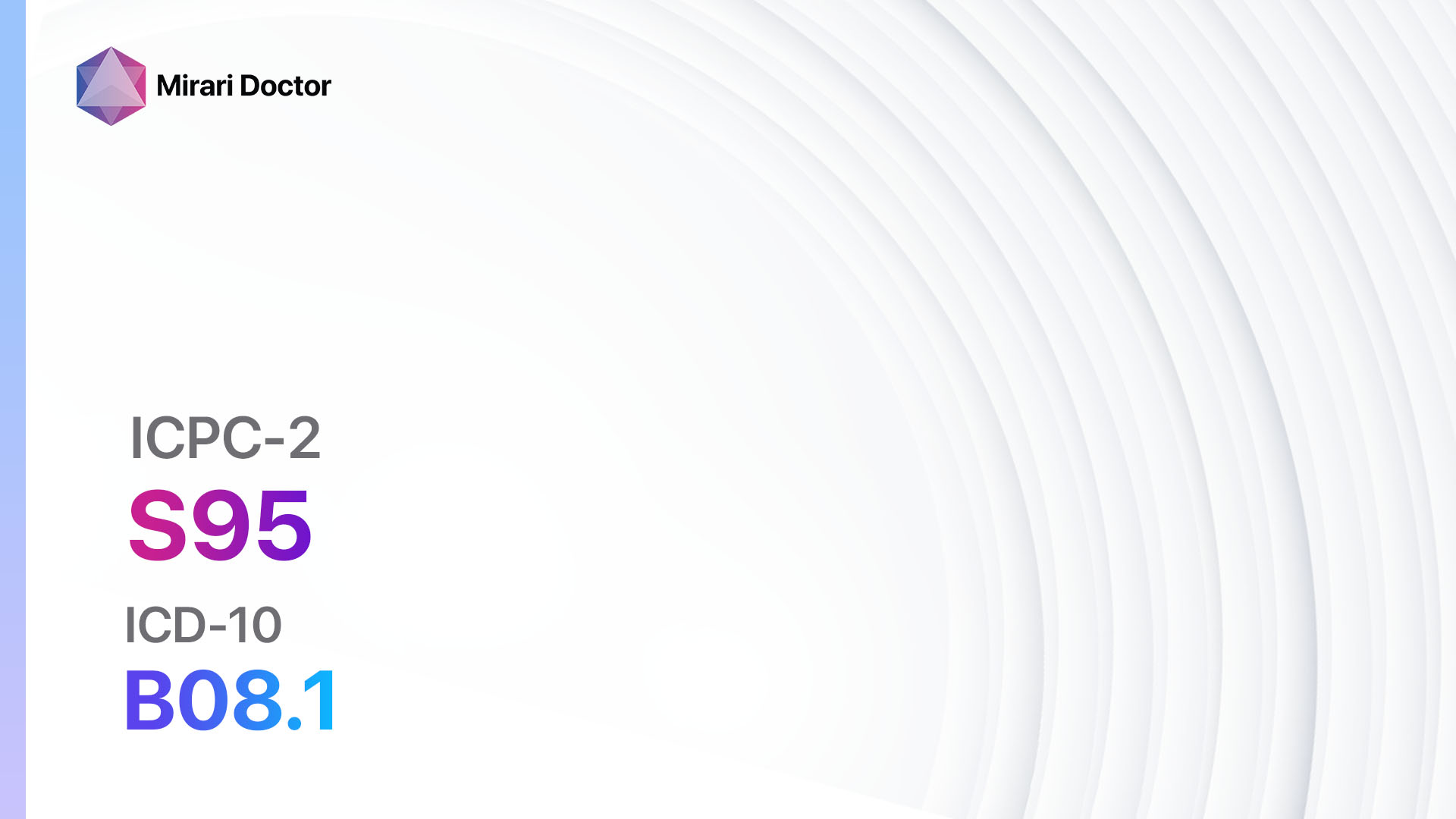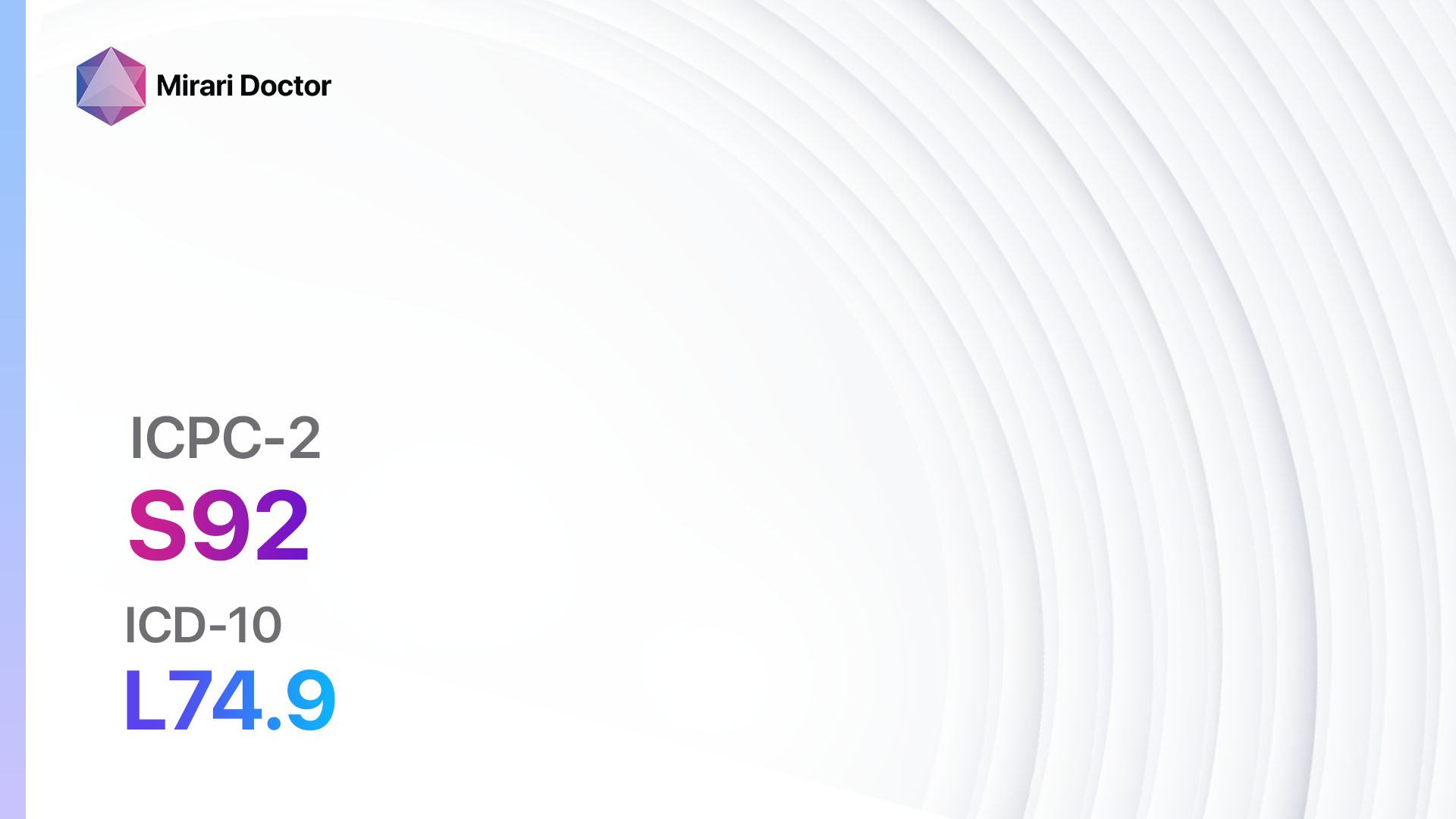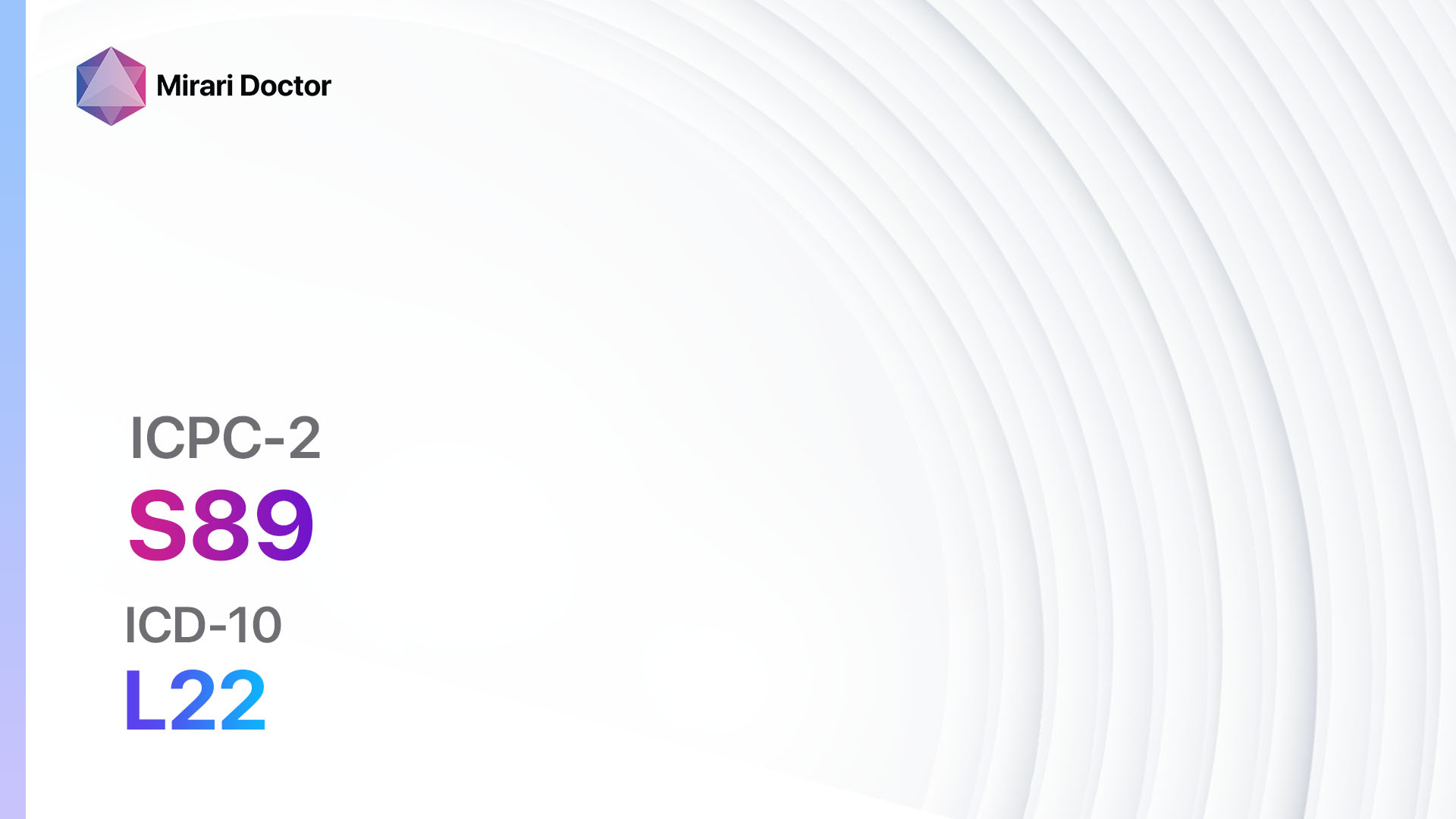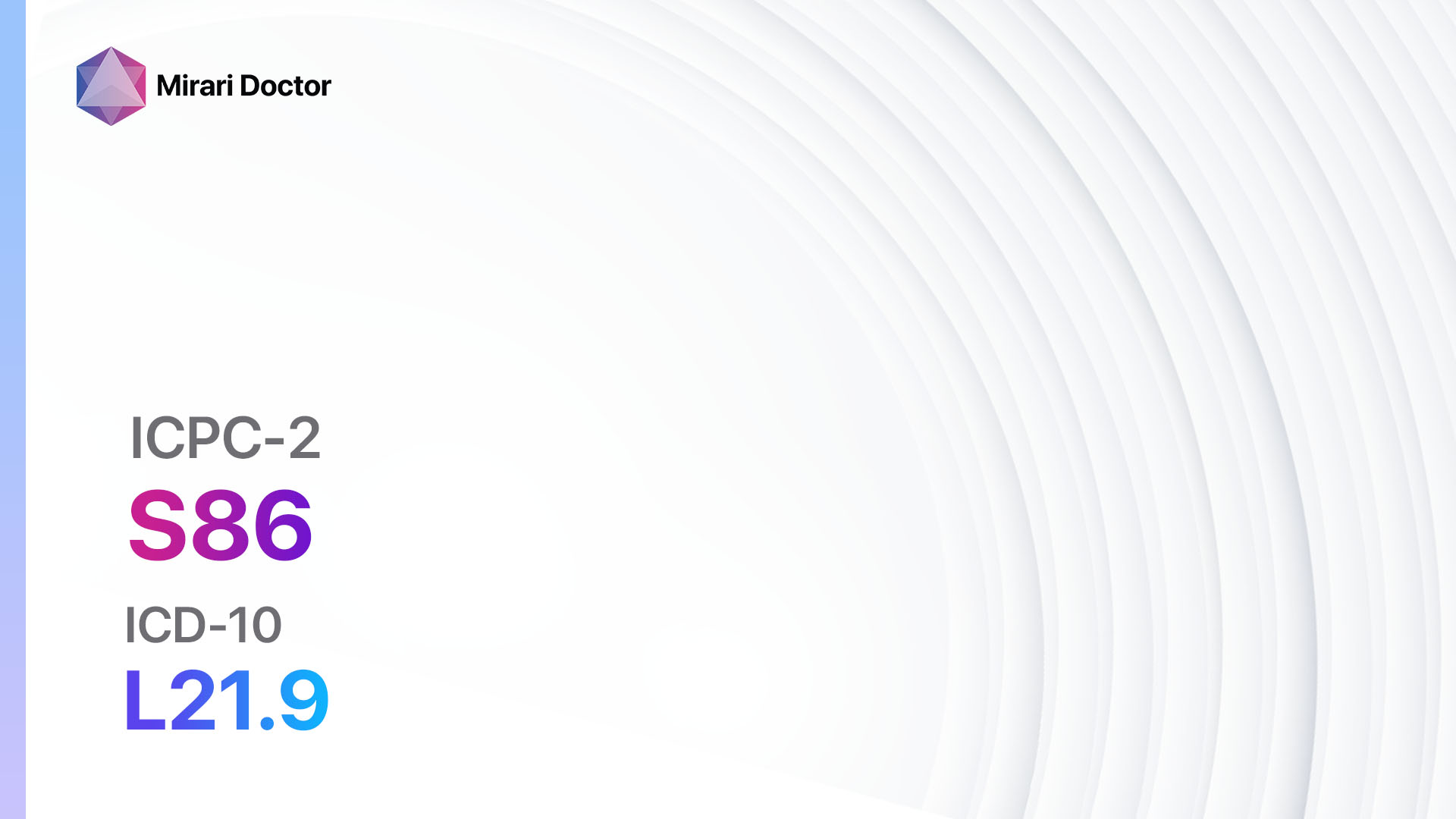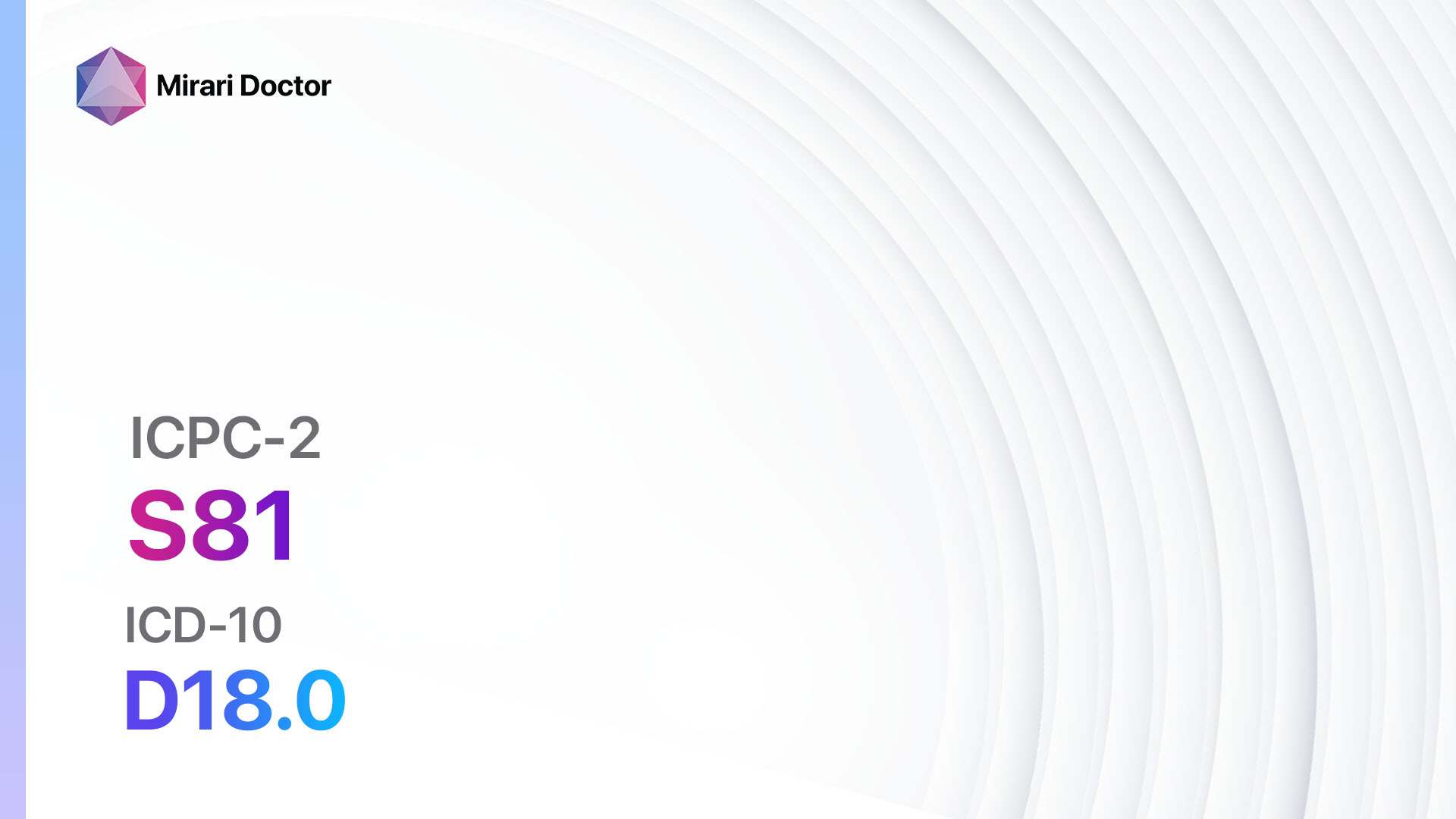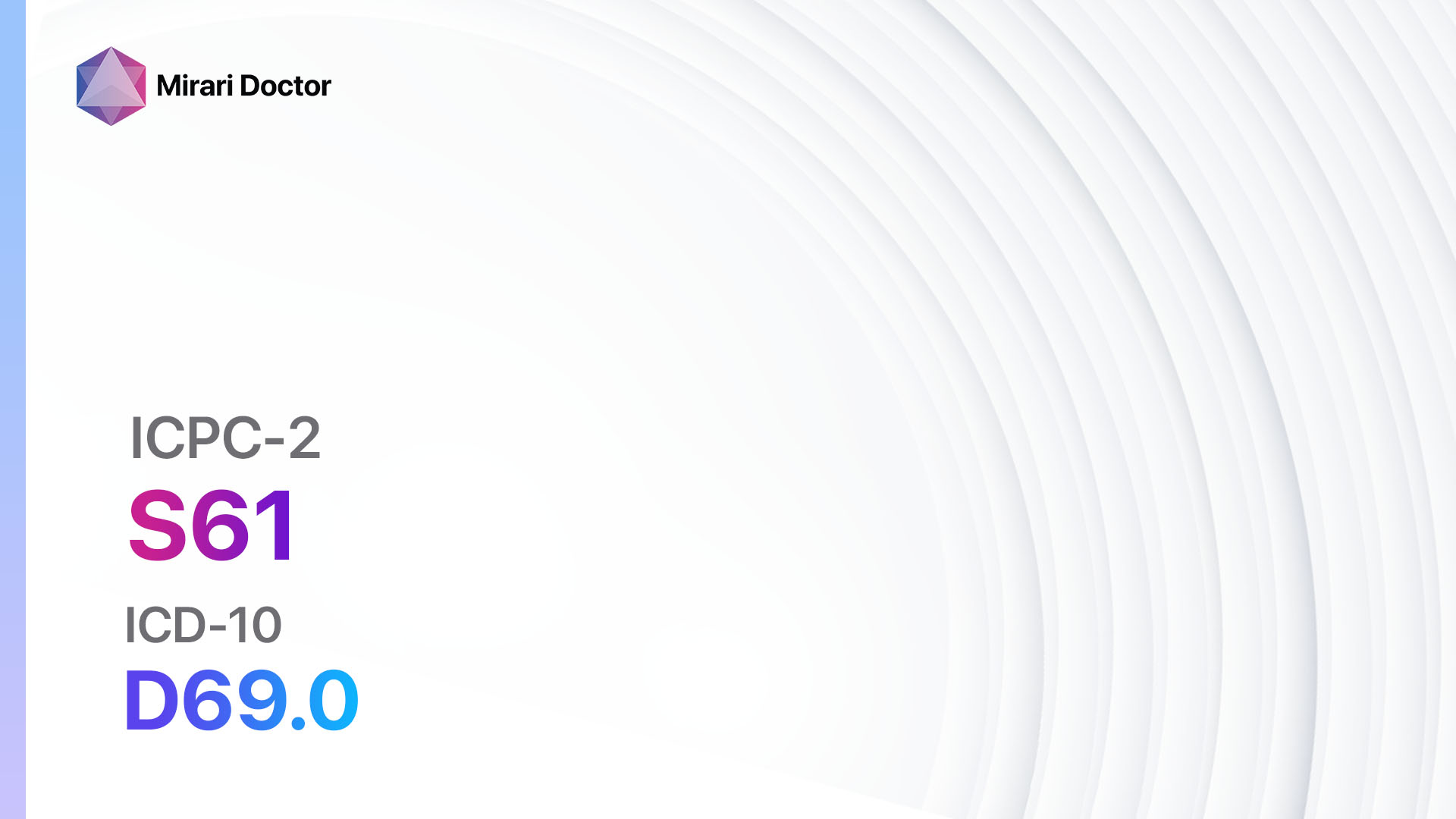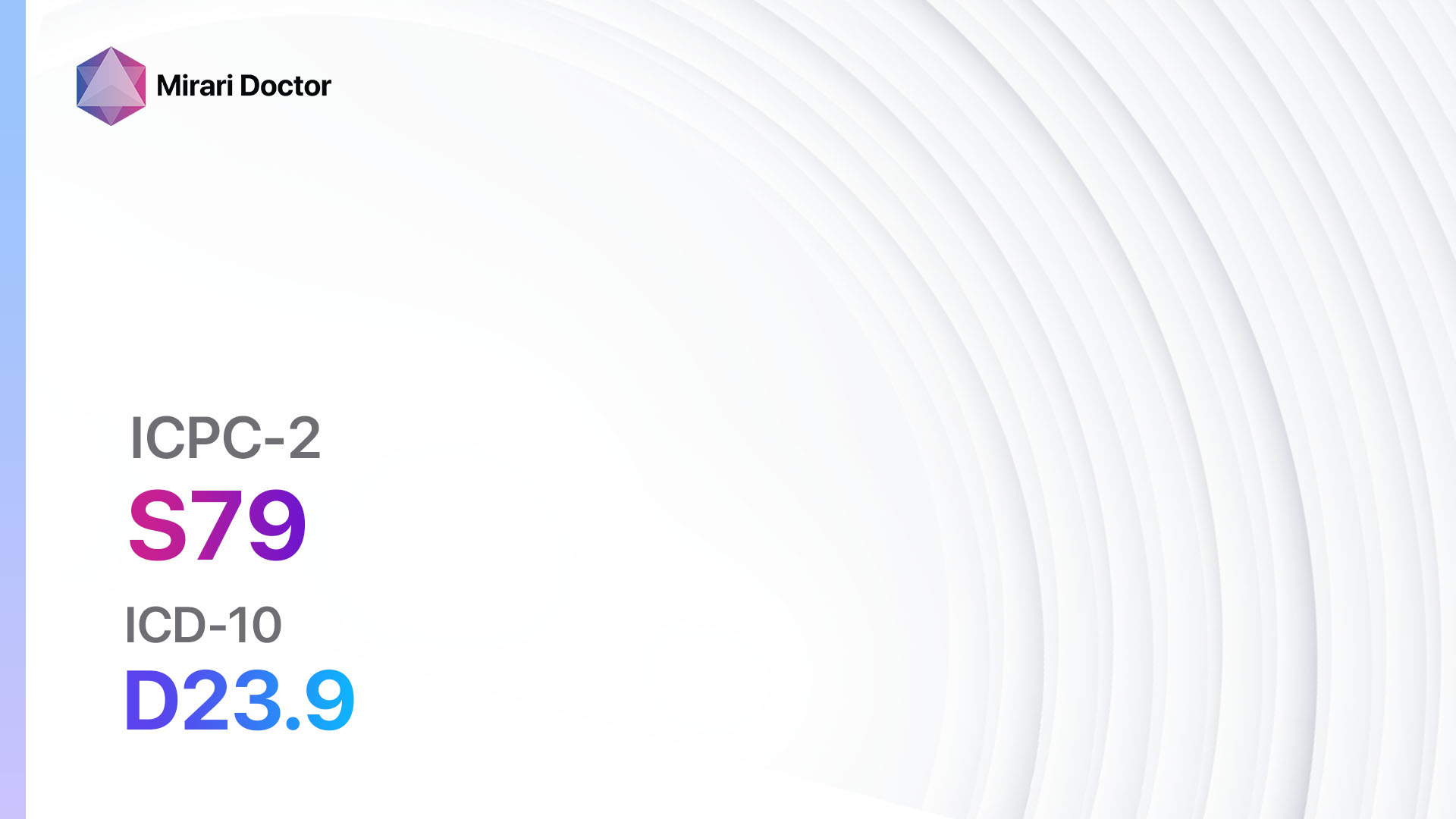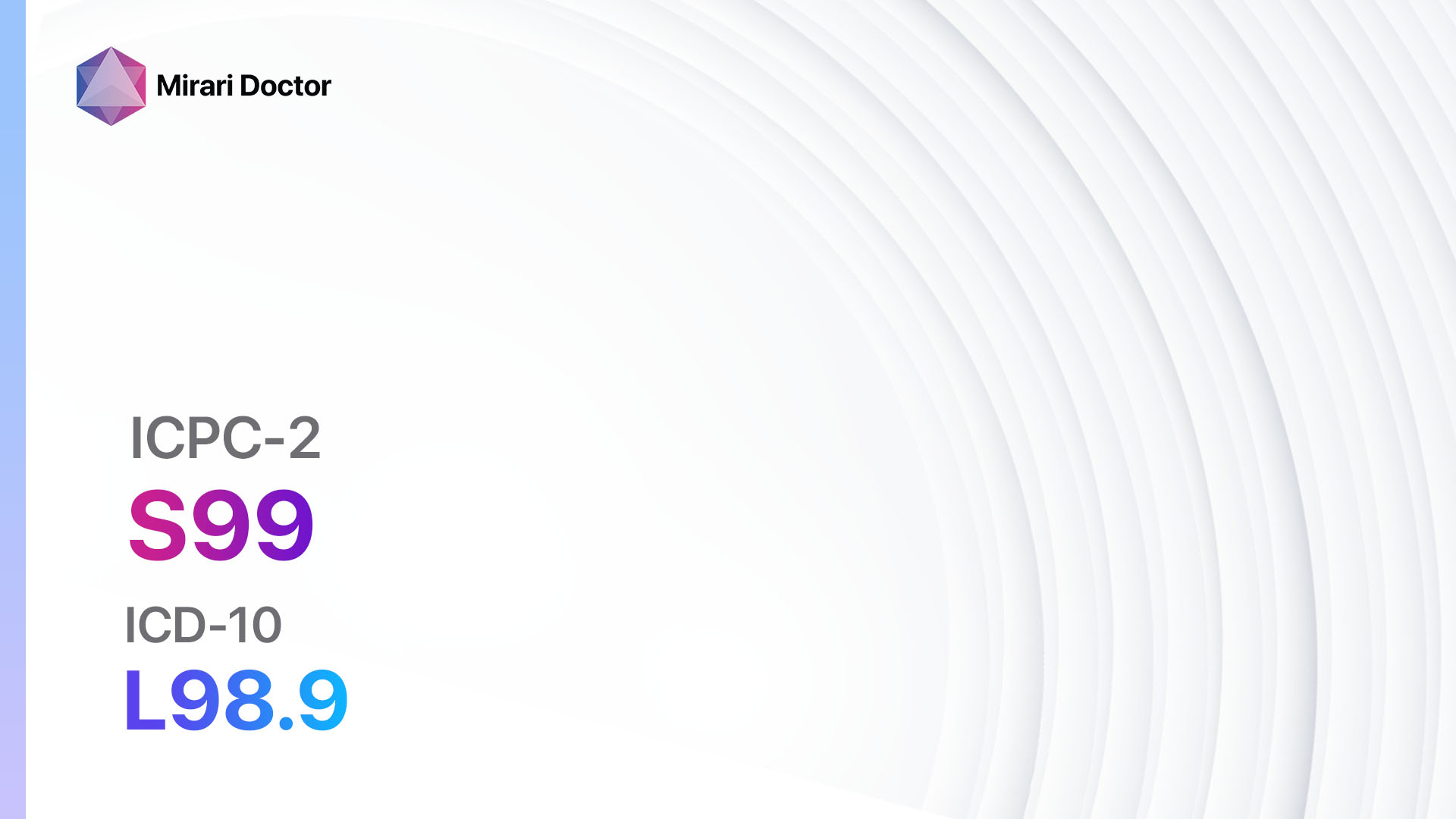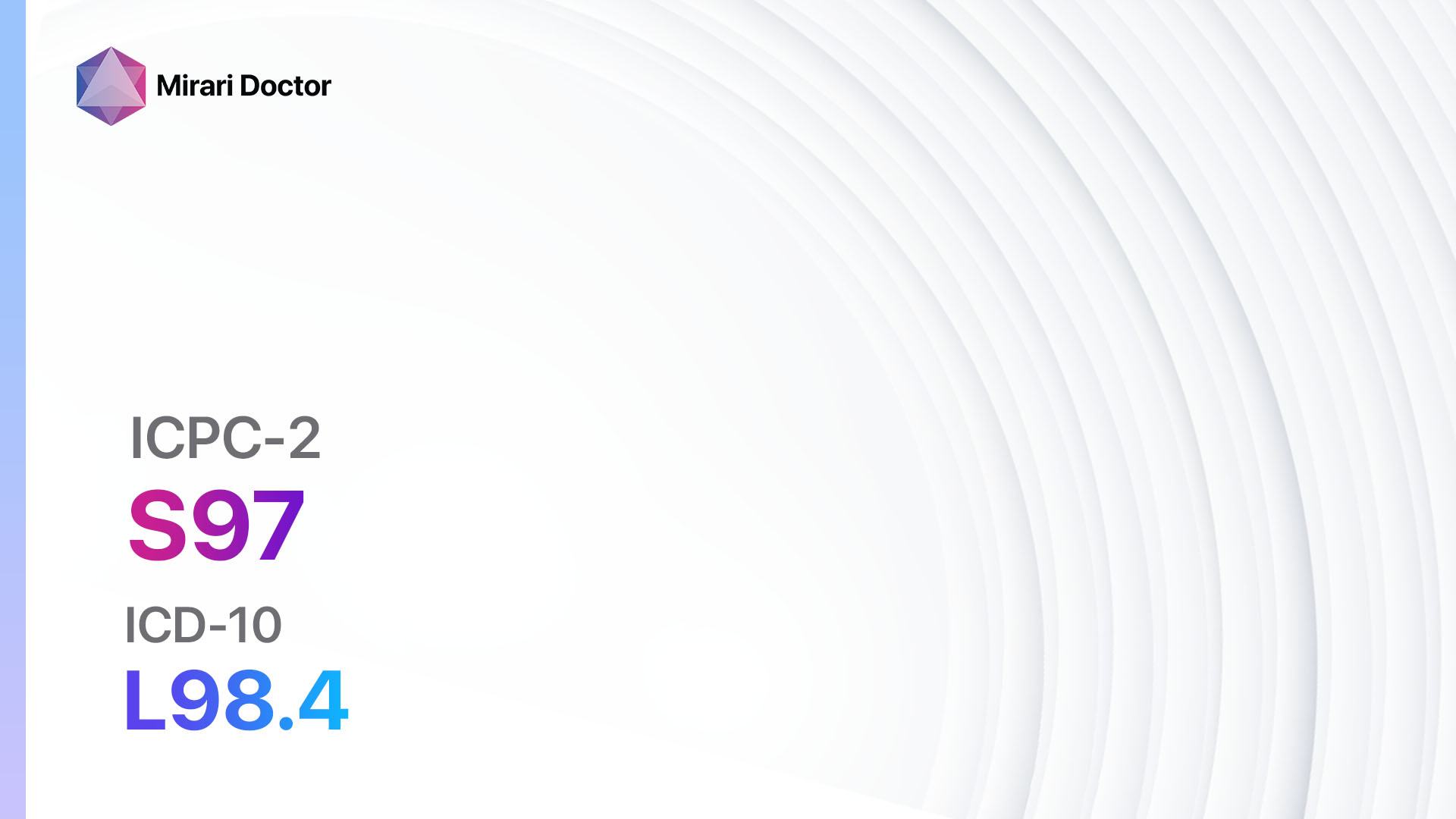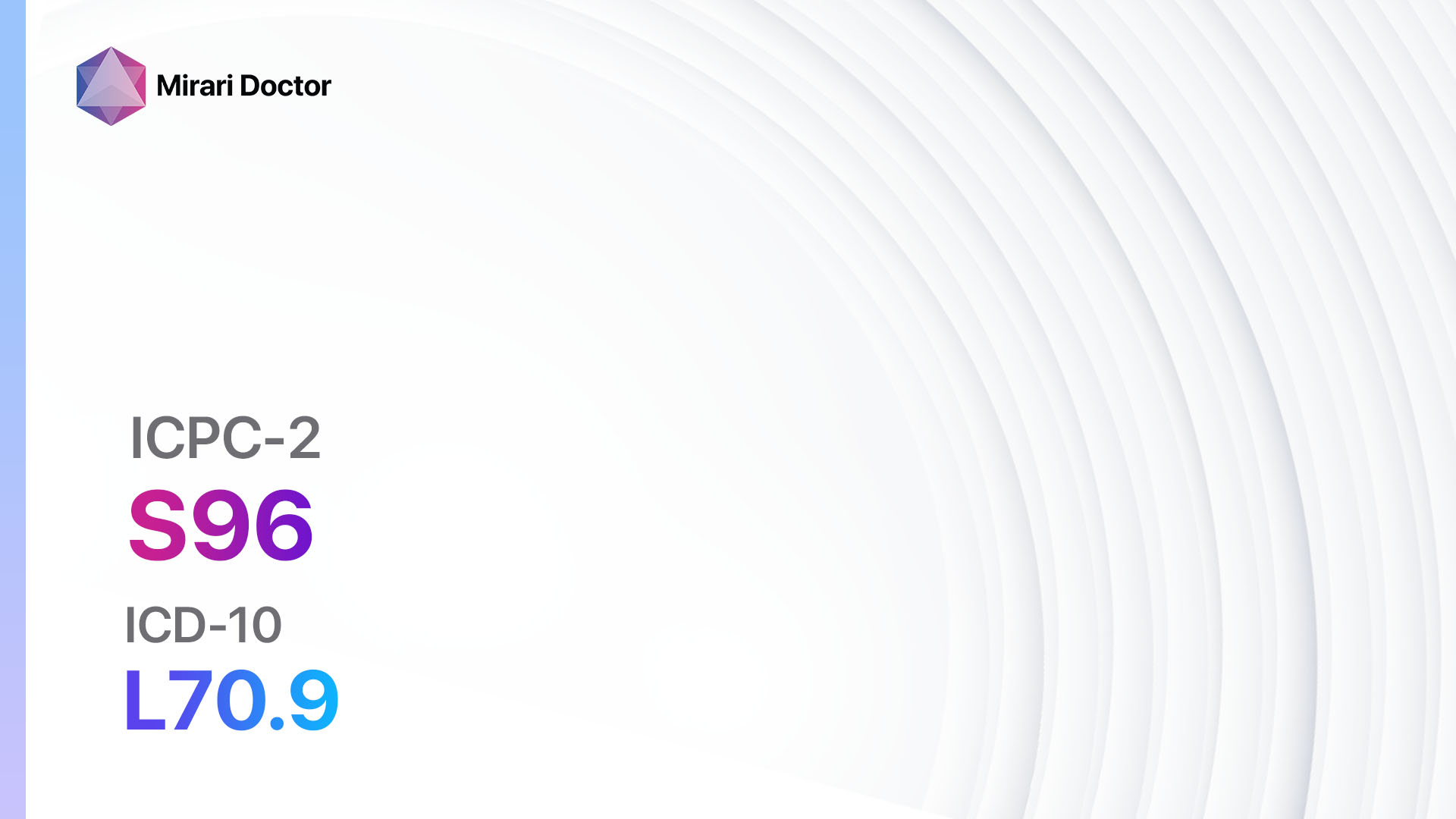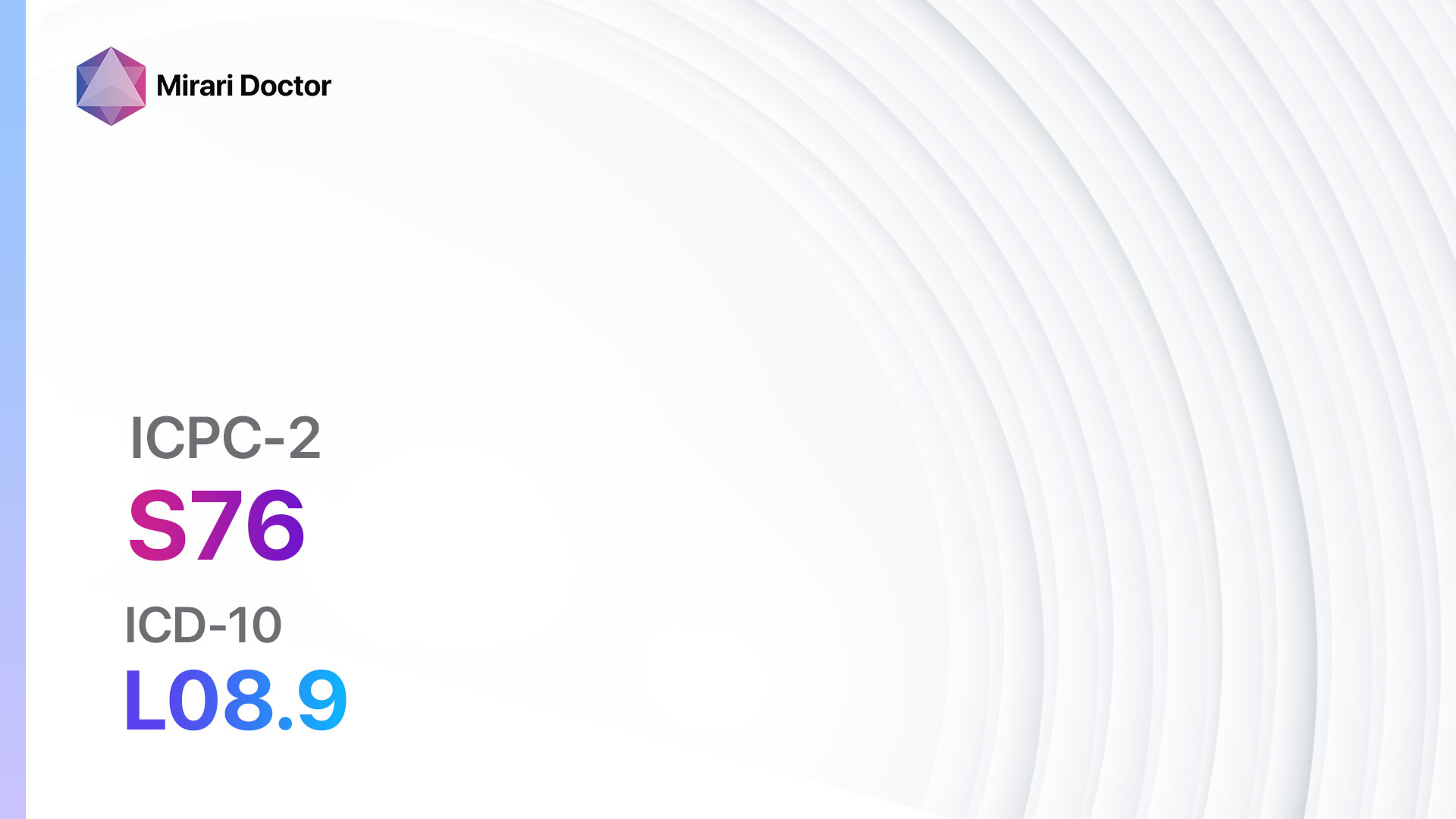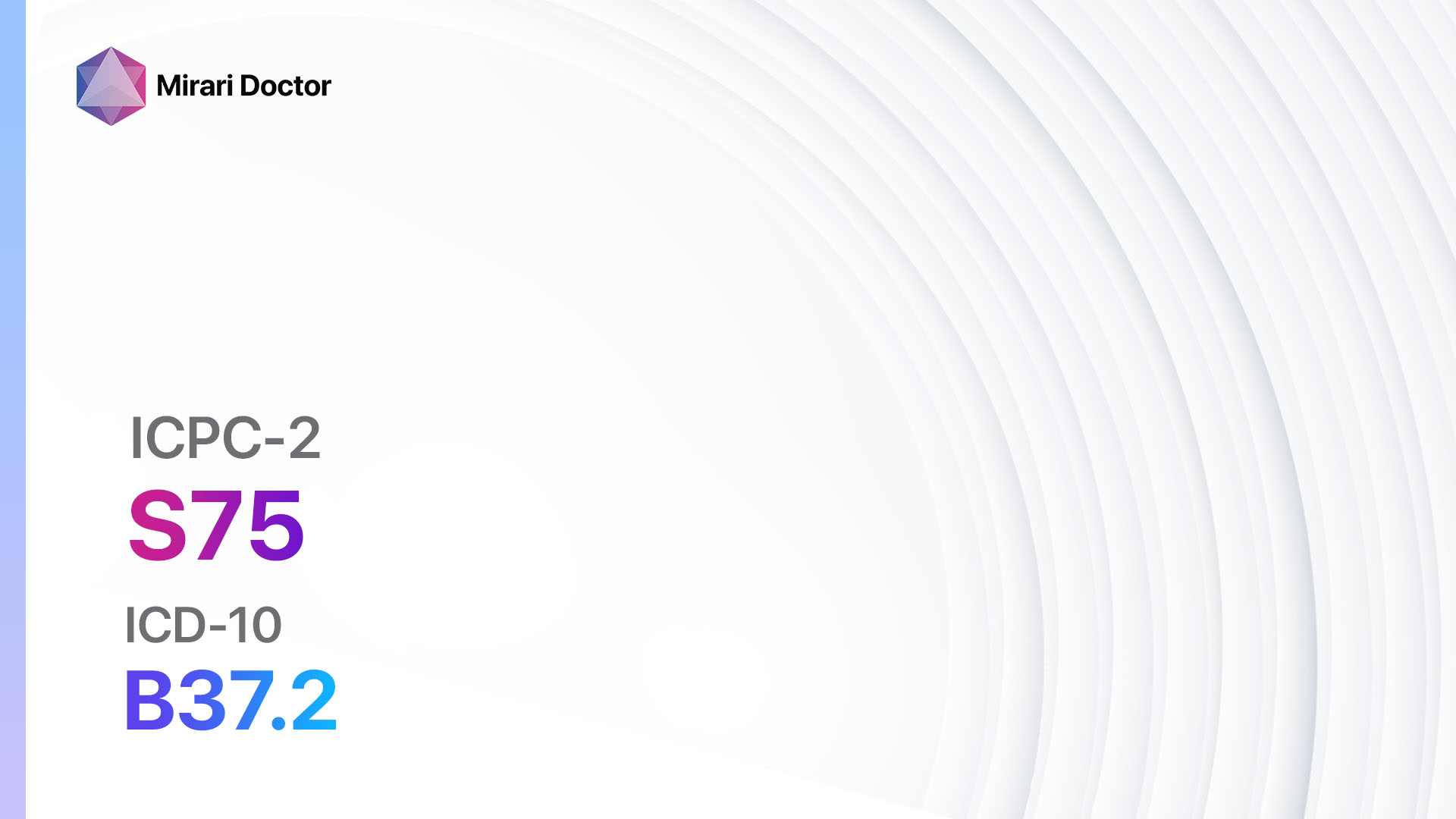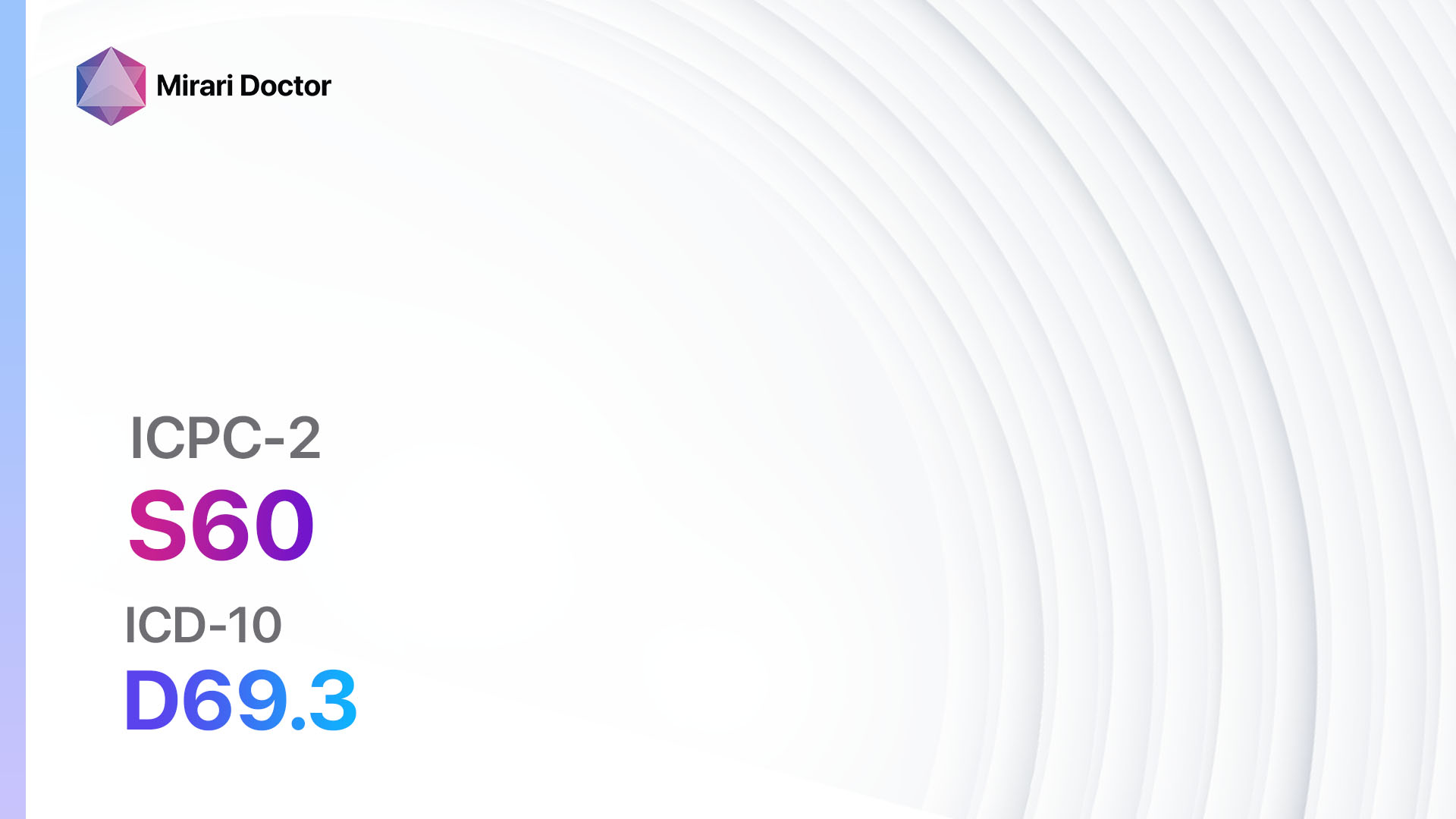
Introduction
Immune thrombocytopenic purpura (ITP) is a disorder characterized by a low platelet count in the blood, leading to easy bruising and bleeding. The condition occurs when the immune system mistakenly attacks and destroys platelets, which are necessary for blood clotting[1]. This guide aims to provide a comprehensive overview of ITP, including its symptoms, causes, diagnostic steps, possible interventions, and lifestyle interventions.
Codes
- ICPC-2 Code: S60 Immune thrombocytopenic purpura[2]
- ICD-10 Code: D69.3 Immune thrombocytopenic purpura[3]
Symptoms
- Easy bruising
- Petechiae (small red or purple spots on the skin)
- Prolonged bleeding from cuts or injuries
- Blood in urine or stools
- Excessive menstrual bleeding
- Fatigue or weakness[4]
Causes
- Autoimmune response: The immune system mistakenly targets and destroys platelets.
- Viral infections: Certain viral infections, such as hepatitis C, HIV, or Epstein-Barr virus, can trigger ITP.
- Medications: Some medications, such as certain antibiotics or anti-seizure drugs, can cause ITP as a side effect.
- Other underlying conditions: ITP can be associated with other autoimmune disorders or blood cancers[5].
Diagnostic Steps
Medical History
- Gather information about the patient’s symptoms, including the frequency and severity of bruising or bleeding episodes.
- Inquire about any recent viral infections or medication use.
- Assess the patient’s medical history for any underlying autoimmune disorders or blood cancers[6].
Physical Examination
- Perform a thorough physical examination, paying attention to any signs of bleeding, such as petechiae or bruises.
- Check for enlarged lymph nodes or an enlarged spleen, which may indicate an underlying condition associated with ITP[7].
Determine Severity
- Classify ITP based on platelet count:
- Mild: Platelet count >30,000/microliter
- Moderate: Platelet count 20,000-30,000/microliter
- Severe: Platelet count <20,000/microliter
- Assess the patient’s bleeding risk based on the severity of symptoms and platelet count[8].
Laboratory Tests
- Complete blood count (CBC): Measures the number of platelets, red blood cells, and white blood cells in the blood.
- Peripheral blood smear: Examines a sample of blood under a microscope to assess the morphology of platelets and other blood cells.
- Coagulation studies: Evaluate the blood’s ability to clot properly.
- Bone marrow aspiration and biopsy: In some cases, a sample of bone marrow may be taken to assess platelet production and rule out other causes of thrombocytopenia[9].
Diagnostic Imaging
- No diagnostic imaging is necessary for the diagnosis of ITP.
Other Tests
- Antiplatelet antibody testing: Checks for the presence of antibodies that target platelets.
- pylori testing: In some cases, testing for H. pylori infection may be recommended, as eradication of the infection can improve platelet counts in some patients[10].
Follow-up and Patient Education
- Schedule regular follow-up appointments to monitor platelet counts and assess the effectiveness of interventions.
- Educate the patient about the signs and symptoms of bleeding and when to seek medical attention.
- Provide information about lifestyle modifications and interventions to manage ITP effectively.
Possible Interventions
Traditional Interventions
Medications:
Top 5 drugs for Immune thrombocytopenic purpura:
- Corticosteroids (e.g., Prednisone):
- Cost: Generic versions can be $10-$50/month.
- Contraindications: Active infections, uncontrolled diabetes.
- Side effects: Increased appetite, weight gain, mood changes.
- Severe side effects: Increased risk of infections, osteoporosis.
- Drug interactions: Nonsteroidal anti-inflammatory drugs (NSAIDs), anticoagulants.
- Warning: Long-term use may require gradual tapering to avoid adrenal insufficiency.
- Intravenous immunoglobulin (IVIG):
- Cost: $500-$5,000 per infusion.
- Contraindications: History of severe allergic reactions to IVIG.
- Side effects: Headache, fever, nausea.
- Severe side effects: Rarely, severe allergic reactions or blood clots.
- Drug interactions: None reported.
- Warning: Close monitoring for signs of allergic reactions or blood clots during infusion.
- Rituximab:
- Cost: $5,000-$10,000 per infusion.
- Contraindications: Severe infections, active hepatitis B.
- Side effects: Infusion reactions, low blood cell counts.
- Severe side effects: Severe infections, heart problems.
- Drug interactions: None reported.
- Warning: Close monitoring for signs of infusion reactions or infections.
- Thrombopoietin receptor agonists (e.g., Eltrombopag, Romiplostim):
- Cost: $5,000-$10,000 per month.
- Contraindications: None reported.
- Side effects: Nausea, diarrhea, headache.
- Severe side effects: Rarely, liver problems or blood clots.
- Drug interactions: None reported.
- Warning: Regular monitoring of liver function tests may be required.
- Splenectomy (surgical removal of the spleen):
- Cost: $10,000-$30,000.
- Contraindications: Severe infections, uncontrolled bleeding.
- Side effects: Increased risk of infections, changes in blood cell counts.
- Severe side effects: Rarely, bleeding or infection related to surgery.
- Drug interactions: None reported.
- Warning: Vaccination against encapsulated bacteria (e.g., pneumococcus) is recommended before splenectomy.
Surgical Procedures:
- Splenectomy: Surgical removal of the spleen to reduce platelet destruction. Cost: $10,000-$30,000.
Alternative Interventions
- Acupuncture: May help improve blood flow and reduce pain. Cost: $60-$120 per session.
- Chelation therapy: Controversial treatment involving the administration of chelating agents to remove heavy metals from the body. Cost: $75-$150 per session.
- Hyperbaric oxygen therapy: Involves breathing pure oxygen in a pressurized chamber to increase oxygen delivery to tissues. Cost: $200-$300 per session.
- Herbal supplements: Some herbs, such as garlic and ginkgo biloba, may have potential benefits for improving circulation. Cost: Varies depending on the specific supplement.
Lifestyle Interventions
- Avoid activities that may increase the risk of bleeding, such as contact sports or heavy lifting.
- Maintain good oral hygiene to prevent gum bleeding.
- Use a soft-bristled toothbrush and avoid flossing aggressively.
- Avoid nonsteroidal anti-inflammatory drugs (NSAIDs) and aspirin, as they can further increase the risk of bleeding.
- Eat a well-balanced diet rich in fruits, vegetables, and whole grains to support overall health and immune function.
- Engage in regular exercise to improve circulation and overall cardiovascular health.
It is important to note that the cost ranges provided are approximate and may vary depending on the location and availability of the interventions.
Mirari Cold Plasma Alternative Intervention
Understanding Mirari Cold Plasma
- Safe and Non-Invasive Treatment: Mirari Cold Plasma is a safe and non-invasive treatment option for various skin conditions. It does not require incisions, minimizing the risk of scarring, bleeding, or tissue damage.
- Efficient Extraction of Foreign Bodies: Mirari Cold Plasma facilitates the removal of foreign bodies from the skin by degrading and dissociating organic matter, allowing easier access and extraction.
- Pain Reduction and Comfort: Mirari Cold Plasma has a local analgesic effect, providing pain relief during the treatment, making it more comfortable for the patient.
- Reduced Risk of Infection: Mirari Cold Plasma has antimicrobial properties, effectively killing bacteria and reducing the risk of infection.
- Accelerated Healing and Minimal Scarring: Mirari Cold Plasma stimulates wound healing and tissue regeneration, reducing healing time and minimizing the formation of scars.
Mirari Cold Plasma Prescription
Video instructions for using Mirari Cold Plasma Device – S60 Immune thrombocytopenic purpura (ICD-10:D69.3)
| Mild | Moderate | Severe |
| Mode setting: 7 (Immunotherapy) Location: 1 (Sacrum) Morning: 15 minutes, Evening: 15 minutes | Mode setting: 7 (Immunotherapy) Location: 1 (Sacrum) Morning: 30 minutes, Lunch: 30 minutes, Evening: 30 minutes | Mode setting: 7 (Immunotherapy) Location: 1 (Sacrum) Morning: 30 minutes, Lunch: 30 minutes, Evening: 30 minutes |
| Mode setting: 7 (Immunotherapy) Location: 4 (Heart, Bile & Pancreas) Morning: 15 minutes, Evening: 15 minutes | Mode setting: 7 (Immunotherapy) Location: 4 (Heart, Bile & Pancreas) Morning: 30 minutes, Lunch: 30 minutes, Evening: 30 minutes | Mode setting:7 (Immunotherapy) Location: 4 (Heart, Bile & Pancreas) Morning: 30 minutes, Lunch: 30 minutes, Evening: 30 minutes |
| Mode setting: 7 (Immunotherapy) Location: 1 (Sacrum) Morning: 15 minutes, Evening: 15 minutes | Mode setting: 7 (Immunotherapy) Location: 1 (Sacrum) Morning: 30 minutes, Lunch: 30 minutes, Evening: 30 minutes | Mode setting: 7 (Immunotherapy) Location: 1 (Sacrum) Morning: 30 minutes, Lunch: 30 minutes, Evening: 30 minutes |
| Mode setting: 7 (Immunotherapy) Location: 7 (Neuro system & ENT) Morning: 15 minutes, Evening: 15 minutes | Mode setting: 7 (Immunotherapy) Location: 7 (Neuro system & ENT) Morning: 30 minutes, Lunch: 30 minutes, Evening: 30 minutes | Mode setting: 7 (Immunotherapy) Location: 7 (Neuro system & ENT) Morning: 30 minutes, Lunch: 30 minutes, Evening: 30 minutes |
| Total Morning: 60 minutes approx. $10 USD, Evening: 60 minutes approx. $10 USD | Total Morning: 120 minutes approx. $20 USD, Lunch: 120 minutes approx. $20 USD, Evening: 120 minutes approx. $20 USD, | Total Morning: 120 minutes approx. $20 USD, Lunch: 120 minutes approx. $20 USD, Evening: 120 minutes approx. $20 USD, |
| Usual treatment for 7-60 days approx. $140 USD – $1200 USD | Usual treatment for 6-8 weeks approx. $2,520 USD – $3,360 USD | Usual treatment for 3-6 months approx. $5,400 USD – $10,800 USD |
 |
|
Use the Mirari Cold Plasma device to treat Immune thrombocytopenic purpura effectively.
WARNING: MIRARI COLD PLASMA IS DESIGNED FOR THE HUMAN BODY WITHOUT ANY ARTIFICIAL OR THIRD PARTY PRODUCTS. USE OF OTHER PRODUCTS IN COMBINATION WITH MIRARI COLD PLASMA MAY CAUSE UNPREDICTABLE EFFECTS, HARM OR INJURY. PLEASE CONSULT A MEDICAL PROFESSIONAL BEFORE COMBINING ANY OTHER PRODUCTS WITH USE OF MIRARI.
Step 1: Cleanse the Skin
- Start by cleaning the affected area of the skin with a gentle cleanser or mild soap and water. Gently pat the area dry with a clean towel.
Step 2: Prepare the Mirari Cold Plasma device
- Ensure that the Mirari Cold Plasma device is fully charged or has fresh batteries as per the manufacturer’s instructions. Make sure the device is clean and in good working condition.
- Switch on the Mirari device using the power button or by following the specific instructions provided with the device.
- Some Mirari devices may have adjustable settings for intensity or treatment duration. Follow the manufacturer’s instructions to select the appropriate settings based on your needs and the recommended guidelines.
Step 3: Apply the Device
- Place the Mirari device in direct contact with the affected area of the skin. Gently glide or hold the device over the skin surface, ensuring even coverage of the area experiencing.
- Slowly move the Mirari device in a circular motion or follow a specific pattern as indicated in the user manual. This helps ensure thorough treatment coverage.
Step 4: Monitor and Assess:
- Keep track of your progress and evaluate the effectiveness of the Mirari device in managing your Immune thrombocytopenic purpura. If you have any concerns or notice any adverse reactions, consult with your health care professional.
Note
This guide is for informational purposes only and should not replace the advice of a medical professional. Always consult with your healthcare provider or a qualified medical professional for personal advice, diagnosis, or treatment. Do not solely rely on the information presented here for decisions about your health. Use of this information is at your own risk. The authors of this guide, nor any associated entities or platforms, are not responsible for any potential adverse effects or outcomes based on the content.
Mirari Cold Plasma System Disclaimer
- Purpose: The Mirari Cold Plasma System is a Class 2 medical device designed for use by trained healthcare professionals. It is registered for use in Thailand and Vietnam. It is not intended for use outside of these locations.
- Informational Use: The content and information provided with the device are for educational and informational purposes only. They are not a substitute for professional medical advice or care.
- Variable Outcomes: While the device is approved for specific uses, individual outcomes can differ. We do not assert or guarantee specific medical outcomes.
- Consultation: Prior to utilizing the device or making decisions based on its content, it is essential to consult with a Certified Mirari Tele-Therapist and your medical healthcare provider regarding specific protocols.
- Liability: By using this device, users are acknowledging and accepting all potential risks. Neither the manufacturer nor the distributor will be held accountable for any adverse reactions, injuries, or damages stemming from its use.
- Geographical Availability: This device has received approval for designated purposes by the Thai and Vietnam FDA. As of now, outside of Thailand and Vietnam, the Mirari Cold Plasma System is not available for purchase or use.
References
- Neunert C, et al. American Society of Hematology 2019 guidelines for immune thrombocytopenia. Blood Advances. 2019;3(23);3829-3866.
- World Organization of Family Doctors. (2020). ICPC-2 English. Retrieved from https://www.globalfamilydoctor.com/site/DefaultSite/filesystem/documents/Groups/WICC/International%20Classification%20of%20Primary%20Care%20Dec16.pdf
- World Health Organization. (2019). ICD-10 Version:2019. Retrieved from https://icd.who.int/browse10/2019/en#/D69.3
- Kistangari G and McCrae KR. Immune thrombocytopenia. Hematology/Oncology Clinics of North America. 2013;3:495-520.
- Provan D et al. Updated international consensus report on the investigation and management of primary immune thrombocytopenia. Blood Advances. 2019:3(22):3780-3817.
- Terrell DR, et al. The incidence of immune thrombocytopenic purpura in children and adults: A critical review of published reports. Am J Hematol. 2010 Mar;85(3):174-80.
- Rodeghiero F, et al. Standardization of terminology, definitions and outcome criteria in immune thrombocytopenic purpura of adults and children: report from an international working group. Blood. 2009;113(11):2386-2393.
- Neunert C, et al. The American Society of Hematology 2011 evidence-based practice guideline for immune thrombocytopenia. Blood. 2011;117(16):4190-4207.
- Cines DB, Bussel JB. How I treat idiopathic thrombocytopenic purpura (ITP). Blood. 2005;106(7):2244-2251.
- Stasi R, et al. Helicobacter pylori eradication in the management of patients with idiopathic thrombocytopenic purpura. Am J Med. 2005;118(4):414-419.
Related articles
Made in USA



